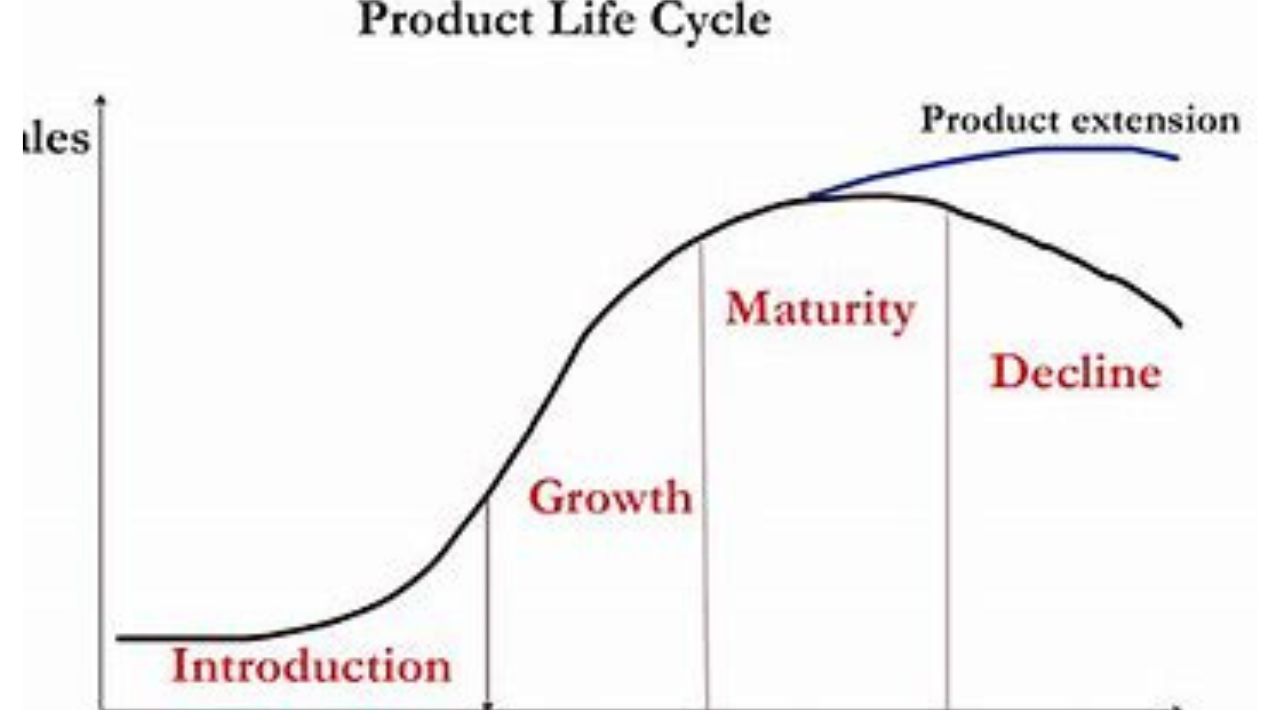The concept of a product life cycle is a fundamental framework that helps businesses understand the trajectory of a product’s market existence. It encompasses the stages a product goes through from its introduction to its eventual decline. This cycle serves as a valuable guide for businesses, enabling them to formulate effective strategies at each phase to maximize profits, manage resources efficiently, and stay competitive in a dynamic market.
Introduction Stage:
The journey of a product begins with the introduction stage, marked by its launch into the market. During this phase, companies invest heavily in research, development, and marketing to create awareness and generate initial sales. However, profits are often low as companies strive to recover their investment. Customers are introduced to a new solution or technology, and early adopters play a crucial role in driving initial demand.
Growth Stage:
As the product gains acceptance and customer awareness increases, it enters the growth stage. Sales soar, and companies focus on expanding market share. Profit margins improve due to economies of scale, efficient production, and increased demand. Competitors may enter the market during this stage, intensifying competition. Marketing efforts shift from creating awareness to building brand loyalty, and product enhancements may be introduced to meet evolving customer needs.
Maturity Stage:
The maturity stage is characterized by stabilized sales and market saturation. Intense competition prevails, leading to price wars and margin compression. Companies may differentiate their products through marketing strategies or product variations to maintain or increase market share. Efforts are also directed towards cost reduction and operational efficiency. At this stage, market share and customer loyalty become critical factors for sustained success.
Decline Stage:
Every product eventually reaches the decline stage, where sales start to decrease due to changing consumer preferences, technological advancements, or the introduction of superior alternatives. Companies must make strategic decisions during this phase, such as discontinuing the product, diversifying the product line, or revamping marketing strategies. It is crucial to manage costs carefully and extract whatever remaining value the product can offer.
Strategies at Each Stage:
Throughout the product life cycle, businesses employ various strategies to navigate challenges and capitalize on opportunities. In the introduction stage, heavy investment in promotion and distribution is crucial. During growth, maintaining quality and expanding market presence are essential. In maturity, cost control, differentiation, and customer retention become priorities. In the decline stage, businesses must decide whether to rejuvenate, reposition, or phase out the product.
Case Studies:
Examining real-world examples illustrates how companies have successfully navigated the product life cycle. Apple’s iPhone serves as an excellent case study. Introduced in 2007, it rapidly moved through the growth and maturity stages, thanks to continuous innovation and a loyal customer base. Apple’s ability to introduce new features and models has prolonged the product’s maturity stage, demonstrating the effectiveness of strategic management throughout the life cycle.
Adapting to Technological Advancements:
In today’s fast-paced technological landscape, products may experience shorter life cycles. Companies need to be agile, responsive, and innovative to stay ahead. Embracing digital transformation, incorporating customer feedback, and anticipating market trends are crucial for sustained success in an environment where disruptive technologies can rapidly alter the competitive landscape.
Conclusion:
Understanding the product life cycle is integral to effective business planning and strategy formulation. Businesses that navigate the peaks and valleys of this cycle with agility and foresight can optimize their resources, capitalize on opportunities, and remain resilient in an ever-evolving market. The ability to adapt and innovate at each stage ensures not only the survival of products but also the long-term success of businesses in an increasingly dynamic and competitive global economy.
